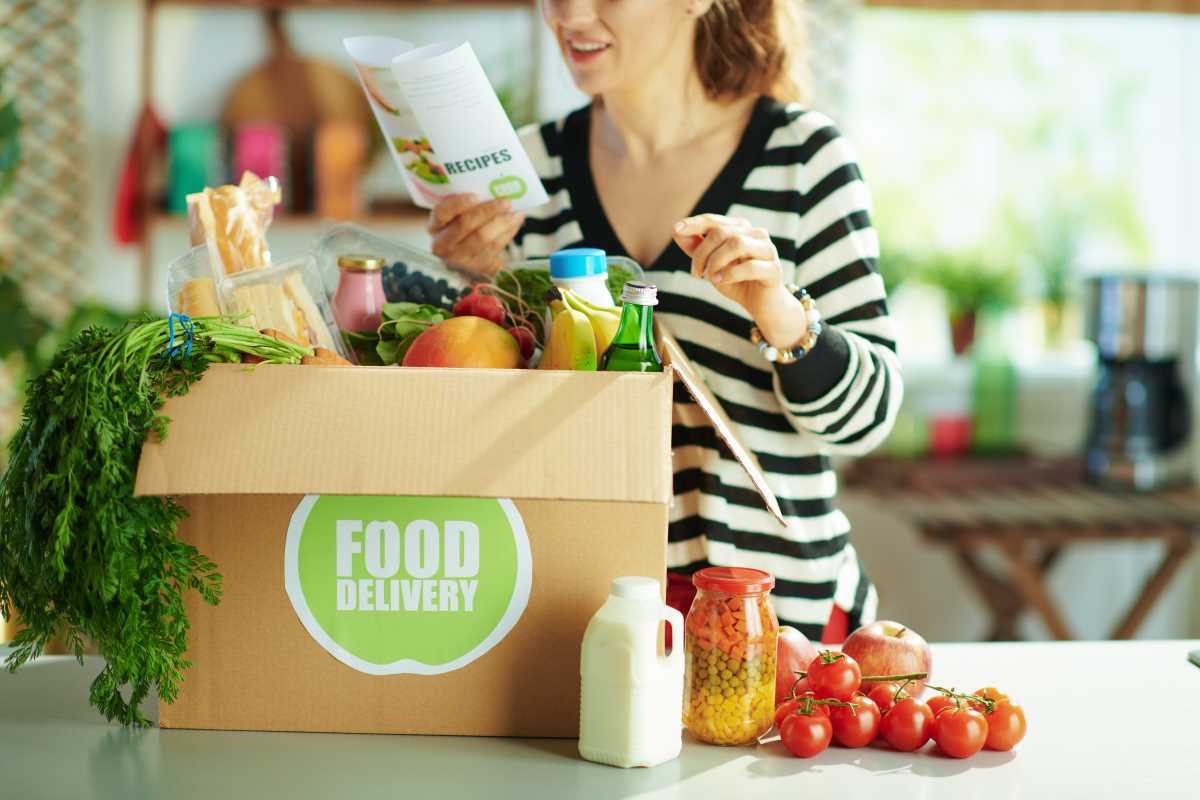Shipping homegrown goods can feel overwhelming, but the right approach makes the process simple and reliable. This guide shares straightforward tips for packing and sending your products, so they arrive at their destination in excellent condition. Each section covers practical advice for those who work with larger plots of land and need dependable methods that work outside of theory. You will discover guidance based on real experiences, helping you protect your harvest and satisfy your customers. With these easy-to-follow steps, moving your homegrown goods from field to consumer becomes a smoother, more manageable task.
By exploring various approaches, you gain the confidence to handle logistics from your farm or food production site. The discussion here translates technical details into everyday language, ensuring you have all the facts you need.
Understanding Your Food Products and Packaging Needs
Knowing your food products helps you select the right packaging. Different items require varying levels of protection and temperature control. For instance, fresh produce, baked items, and preserved foods all have distinct storage and handling requirements. Customize the packaging to extend the product’s shelf life while keeping costs manageable.
Review your production cycle carefully and assess the storage conditions needed. Consider aspects like humidity, temperature, and the physical fragility of each item. This evaluation can prevent spoilage and maintain quality until the products reach their destination.
Types of Packing Materials for Food Producers
Selecting the right materials involves balancing protection and cost against environmental impact. Use materials that are reliable yet efficient for the volume of goods you produce. Modern options now include eco-friendly alternatives that work well for sustainable operations.
Below are some popular packing materials along with a brief comparison:
- Corrugated boxes – offer robust protection and are recyclable.
- Biodegradable foam – ideal for cushioning delicate items while reducing waste.
- Reusable crates – provide a cost-effective solution for repeated shipments.
- Vacuum-sealed bags – help keep perishable foods fresh.
Select Shipping Methods Based on Your Needs
When sending your products, consider factors like distance, delivery speed, and the nature of your goods. Carefully evaluate each shipping option to match your product type and customer expectations. The decision often involves balancing cost and speed, especially during seasonal demand fluctuations.
Review the following shipping options and weigh their advantages and disadvantages:
- Standard ground delivery: Cost-effective and reliable for local shipments but may take longer for longer distances.
- Express services: Provide faster transit for time-sensitive goods, though at a higher expense.
- Curbside drop-offs: Useful for bulk orders managed from your facility, reducing handling and potential damage.
- Dedicated logistics providers: Offer specialized care for sensitive products, which might be ideal if you handle high-value or delicate items.
Implement Cost-Effective Packing and Shipping Plans
Controlling costs while ensuring product safety is vital for smooth operations. Search for packing methods and shipping routes that minimize waste without sacrificing quality. This balance can lower overhead and support competitive pricing for your products.
Analyze your volume trends and negotiate rates with carriers to secure favorable contracts. Combine shipments when possible to reduce the number of trips. Planning ahead proves beneficial during peak harvest times or when demand surges unexpectedly.
Tips for Direct-to-Consumer and Local Distribution
Building relationships with your buyers can be very rewarding. Selling your goods directly not only improves profit margins but also lets you gather valuable feedback. Farmers often find that working with loyal customers helps smooth out seasonal fluctuations and encourages repeat orders.
Try these practical approaches for direct distribution:
- Organize local events where you can distribute samples and receive immediate feedback.
- Partner with local stores interested in fresh, unique products.
- Offer subscription boxes or seasonal discounts to reward those who consistently support your efforts.
- If you are a small-scale food producer seeking direct market exposure, these tips can help you build your brand in your community.
Useful Tools and Resources for Packing and Shipping
Technology plays a key role in tracking shipments and managing inventory. Use software that monitors deliveries, predicts shipping trends, and manages orders. Tools that provide real-time updates help plan packing processes and prevent last-minute rushes.
Explore online resources and service providers focusing on shipping solutions specially designed for small to mid-sized operations. Many services offer customizable plans, so you only pay for what you need while staying on top of changing market demands.
These tailored methods help manage logistics for homegrown products, maintain quality, and control costs.
 (Image via
(Image via





